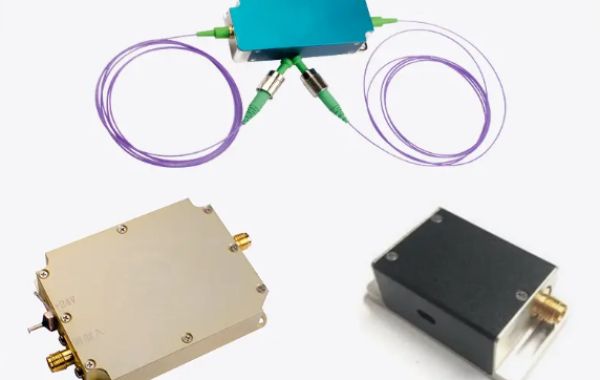The exceptional coherence and stability of narrow linewidth lasers make them invaluable in a wide range of fields.
Scientific Research
Spectroscopy: Precise measurement of spectral lines requires narrow linewidth lasers to resolve fine details in molecular and atomic spectra.
Metrology: In applications demanding high accuracy, such as length and time measurements, narrow linewidth lasers are essential for defining standards.
Interferometry: Creating interference patterns for precise measurements and imaging relies on the coherence of narrow linewidth lasers.
Quantum Optics: These lasers are fundamental for studying quantum phenomena and developing quantum technologies.
Telecommunications
Fiber Optic Communications: Narrow linewidth lasers enable high-speed, long-distance data transmission through optical fibers.
Coherent Optical Communication: By exploiting the phase information of the laser light, coherent systems achieve higher spectral efficiency and improved signal-to-noise ratio.
Industrial Applications
Manufacturing: Precision measurement and control in manufacturing processes benefit from the stability and accuracy of narrow linewidth lasers.
Material Processing: Cutting, welding, and drilling with narrow linewidth lasers offer improved precision and quality.
Lidar: The high coherence of these lasers enhances the performance of lidar systems used in various applications, including autonomous vehicles and environmental monitoring.
Biomedical Applications
Optical Coherence Tomography (OCT): High-resolution imaging of biological tissues is enabled by the coherence properties of narrow linewidth lasers.
Microscopy: These lasers improve image quality and contrast in microscopy applications.
Other Applications
Holography: Creating high-quality holograms requires coherent light sources, making narrow linewidth lasers essential.
Gravity Wave Detection: Ultra-stable narrow linewidth lasers are crucial components in interferometers used to detect gravitational waves.
The specific choice of laser type depends on the application's requirements, such as wavelength, power, linewidth, and cost.








